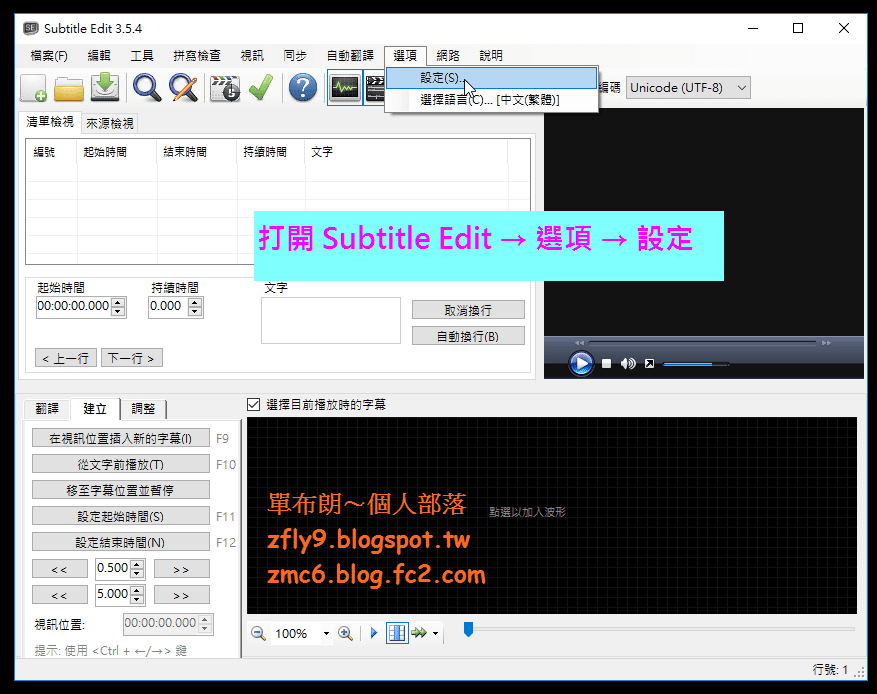

The project contains multiple software suites and libraries enabling it to perform a variety of video and audio edits.

It is a very popular open-source multimedia project available on a variety of operating systems and is capable of performing a plethora of operations on any and all audio formats & video formats out there. Step IV: Verify FFmpeg Installation Via Command Promptīefore we walk you through the installation process, let’s have a quick look at what FFmpeg really is and what are the different scenarios in which the tool can come in handy.įFmpeg stands for Fast Forward Moving Picture Experts Group.Step III: Installing FFmpeg on Windows 10.Step II: Moving FFmpeg Folder to C Drive.Step I: Downloading & Extratcing FFmpeg Zip File.Since all of these commands require FFmpeg, we need to make sure it’s available. It has many uses, so I recommend checking it out for all your video processing needs! Before you start: make sure you can run FFmpeg from your terminal What is FFmpeg?įFmpeg is a free and open-source software project consisting of a large suite of libraries and programs for handling video, audio, and other multimedia files and streams.įor our purposes, we will use it to convert between formats, such as videos to GIFs or animated WebP. Note: please be patient as the tool takes time to process. This tool will convert videos to animated WebP without the video leaving your computer. If you have Chrome, you can try using my web app tool instead. Linux: Use your preferred package manager (e.g., sudo apt install ffmpeg on Ubuntu)Īre you on a computer where FFmpeg is not available?.Here are some suggested places to learn down to do this: FFmpeg v4+ installed on your operating system and executable from your path.If you need a cheat sheet or introductory guides, check out Terminal Cheat Sheet. Basic knowledge of how to open and use the terminal on your operating system.To use this guide, you will need the following: Example GIF of typing GIF on a mechanical keyboard


 0 kommentar(er)
0 kommentar(er)
